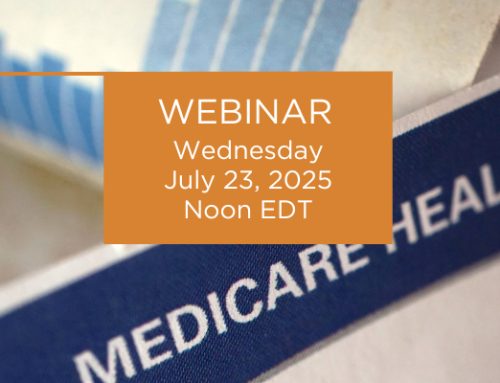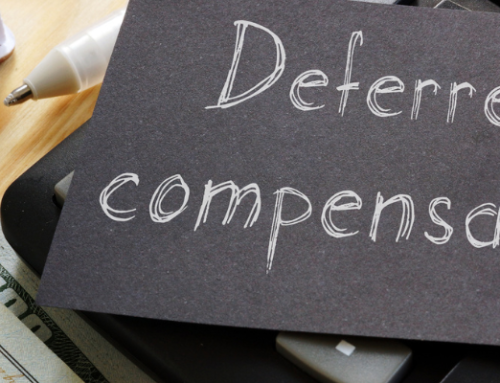By Stacie Newnam, CPA, QKA
Traditional 401(k) Plans that have not adopted safe harbor provisions are subject to annual nondiscrimination testing (NDT). NDT includes the actual deferral percentage (ADP) and actual contribution percentage (ACP) tests. The goal of the NDT is to prevent the highly compensated employees (HCE) from disproportionately benefiting from the Plan compared to the non-highly compensated employees (NHCE).
Plan sponsors have a few options to fix a failed ADP/ACP test, with the most common correction being a refund to HCEs by making a corrective distribution. Depending on the testing results, corrective distributions can consist of 401(k) refunds, employer match refunds, and forfeitures of employer match, adjusted for earnings or losses.
Deadline for Corrective Distributions to Avoid Excise Tax
Corrective distribution refunds must be made within 2 ½ months after the plan year to avoid the 10% excise tax penalty. For a December 31, 2023, calendar year plan, the corrective distribution must be made by March 15, 2024. For Plans that have an Eligible Automatic Contribution Arrangement (EACA), the deadline is extended to 6 months after the plan year.
If the correction was not made within 2 ½ months (or 6 months for an EACA), the Plan sponsor is required to file IRS Form 5330 – Return of Excise Taxes Related to Employee Benefit Plans. The Plan sponsor will pay an excise tax penalty of 10% of the corrective distribution amount; this is not allowed to be paid by the Plan.
Deadline for Corrective Distributions to Avoid IRS Penalties and Plan Disqualification
Corrective action must be taken within the 12 months following the close of the plan year in which the failure occurred. For calendar-year plans, this would be December 31. For example, the December 31, 2023 calendar-end plan failed the ADP/ACP test, the Plan has until December 31, 2024, to take corrective action. If corrective action is not completed in a timely manner, the Plan can be corrected through the IRS Employee Plans Compliance Resolution System (EPCRS) to maintain the plan’s tax-qualified status. The correction options are limited under ERCRS and likely more costly.
How are Corrective Distributions Taxed to the Participant?
Refunds are typically made in the following plan year when participants likely have already received their W-2 and possibly filed their tax return. The payroll records do not need to be adjusted, and there is no need to issue an amended W-2. HCEs will receive a 1099-R and be liable for the income tax on the refund in the year of distribution, not the year the contribution was made to the Plan. There is no additional penalty assessed to the HCE.
Please contact us to schedule a consultation to discuss plan design options that can improve annual nondiscrimination testing results.





